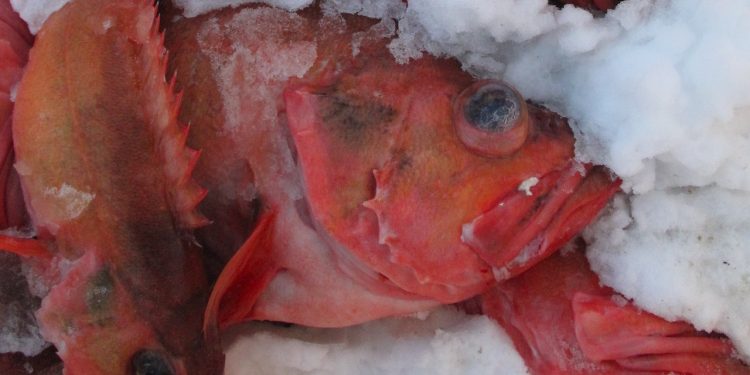Canada’s Minister of Fisheries and Oceans Diane Lebouthillier has announced the long-awaited decision on the reopening of the commercial redfish fishery in the Gulf of St. Lawrence – known as Redfish Unit 1. The Atlantic Groundfish Council and its members are now waiting for more details to be made available.
‘During the consultation process, we were pleased to have various stakeholders share their views on the importance of respecting the historical shares and investments of quota holders. This is an important element of a sustainable and successful redfish fishery in Canada,’ said Sylvie Lapointe, President of the Atlantic Groundfish Council.
‘Our sector has lost 20% of its historic share in this decision. That said, we appreciate the Minister’s resistance to unfair demands for more drastic changes to quota shares.’
Atlantic Groundfish Council members are primarily local, Indigenous, family-owned businesses that have invested nearly $100 million in vessels and equipment with a view to reopening this commercial redfish fishery in Canada.
According the Atlantic Groundfish Council, this demonstrates its members’ commitment to providing stable, year-round jobs in coastal communities and harvesting high-quality seafood in a responsible and sustainable manner.
The Atlantic Groundfish Council has also led the multi-faceted strategic promotion of Canadian redfish in Europe and Asia, and to do this there is a need to be able to offer a wide range of product forms, including fresh shore-processed and single frozen fillets, as well as seafrozen H&G and whole fish at sea for markets that prefer those products.
‘The global redfish market is very competitive. Maximising Canada’s place in this global fishery will require a focused and collaborative effort from all industry participants. I know our members are eager to collaborate with all stakeholders to drive sustainable fishing and have extensive experience and expertise in redfish harvesting, processing and marketing to contribute to the collective efforts,’ Sylvie Lapointe said, commenting that offshore operators developed the Gulf redfish fishery from the 1950s onwards.
‘Our members and their staff have the longest history and the largest investments at stake in the redfish fishery,’ she said.
‘We look forward to participating in the Redfish Advisory Committee and collaborating with other stakeholders to discuss scientific findings, ways to address current knowledge gaps, alleviate management concerns fisheries and next steps to make this redfish fishery economically viable and ecologically sustainable.’









